Just as new car prices are starting to rise due to tariffs applied by the Trump administration, automakers may be getting a break on some of them. The move may not ease prices short term, but it would prevent them from rising in the future.
According to Bloomberg, the Trump administration is pondering extending a provision in the current tariffs allowing automakers to reduce the amount they pay on imported parts. The provision was initially supposed to last just two years, but may be extended five more years, the news organization reports.
The extension could be announced by the Commerce Department as early as today.
What’s the cut?
What’s subject to tariffs can be confusing at times because President Donald Trump’s changing enforcement efforts on the levies. However, automakers were able to offset part of the 25% tariff on imported parts by as much as 3.75% in the first year, which would have ended April 30, 2026. It dropped to about 2.5% in year two, with a complete phase-out in the third year.
The new plan extends that timeline by five years, and offers rebates for U.S. engine production. To qualify for the 3.75% offset, final assembly of the vehicle must be completed in the U.S.
The extension comes after months of lobbying by U.S. automakers, which had been largely eating the costs related to the tariffs rather than passing it along to consumers. General Motors said tariffs would cut $5 billion off its bottom line while Ford officials were less than half that number.
However, prices for new vehicles rose last month to their highest point ever. The average transaction price for a new vehicle exceeded $50,000, according to Cox Automotive estimates. The higher prices came despite increased incentives by automakers.
Not the solve desired
Automakers no longer plan to eat tariff-related costs. According to a new study by Michigan-based Anderson Economic Group, U.S. automakers will have a $10.6 billion tariff bill through the end of October just on autos and auto parts imported from Canada and Mexico, two of the largest U.S. trading partners.
“There is no way for $10 billion to be absorbed by the automakers and suppliers alone,” said Patrick Anderson, CEO of Anderson Economic Group, in a statement. “Consumers and workers are going to bear some of these costs.”
A previous study by AEG estimated the typical SUV sold in the U.S. will face about $2,000 in added tariff costs. And while keeping those offsets in place would help some, the increases are likely to continue to come as automakers look to recoup some of the losses — which only continue to mount.

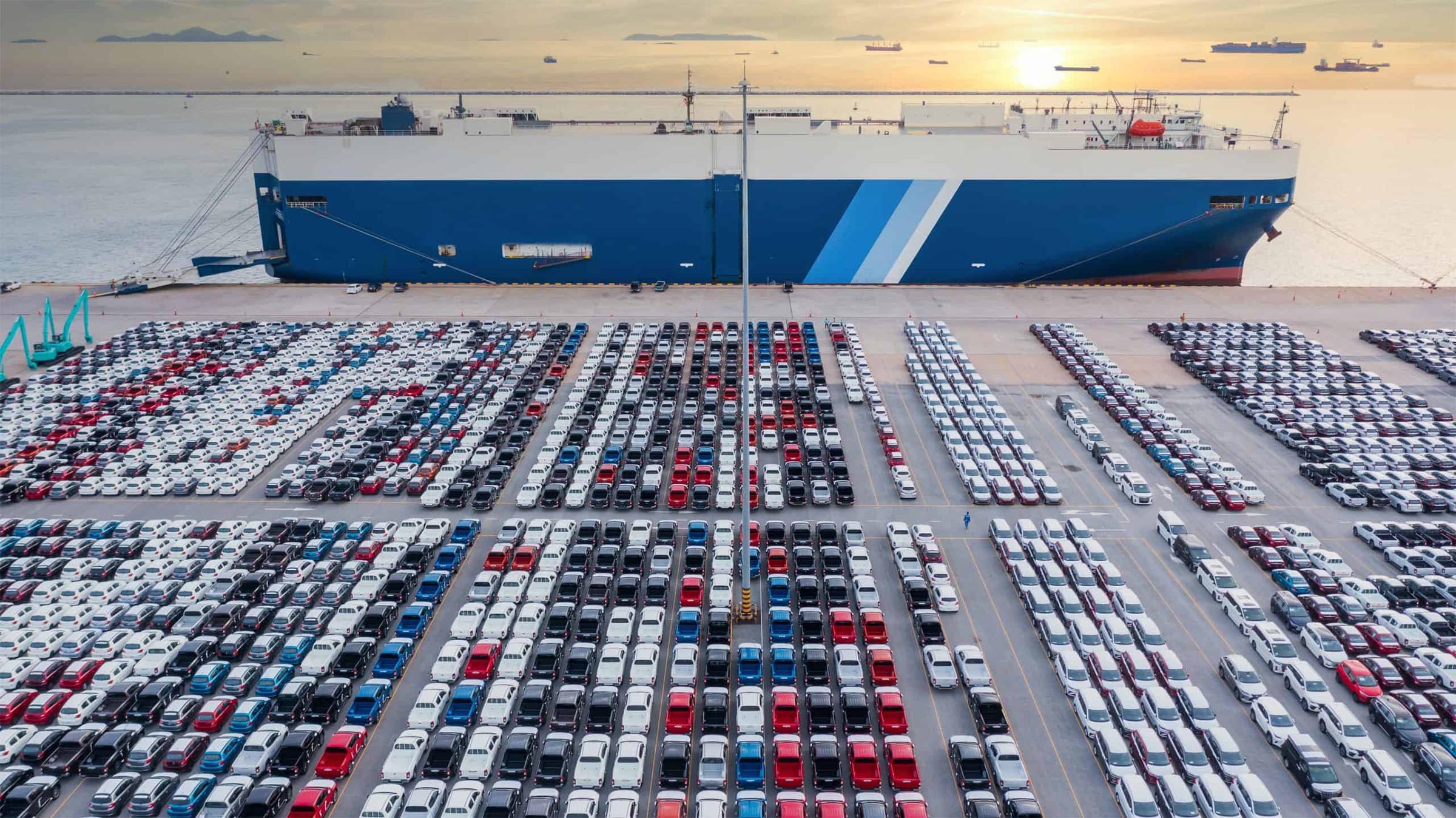
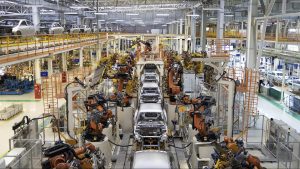
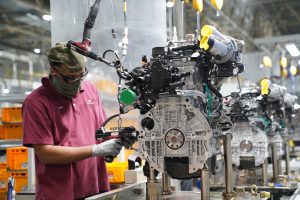
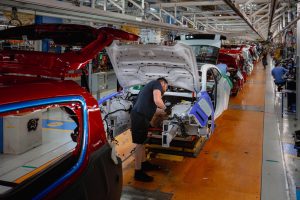
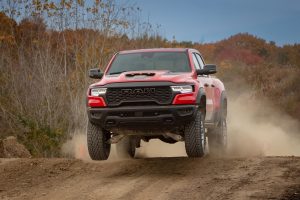

0 Comments